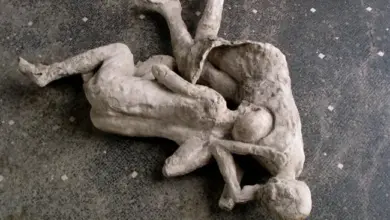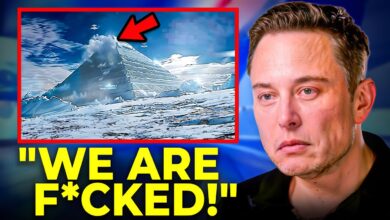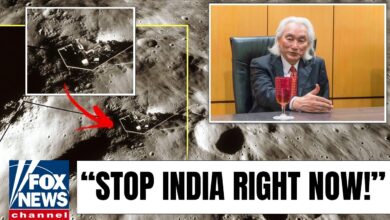Yellowstone Is on Fire: A Global Emergency Unfolding in the Heart of America
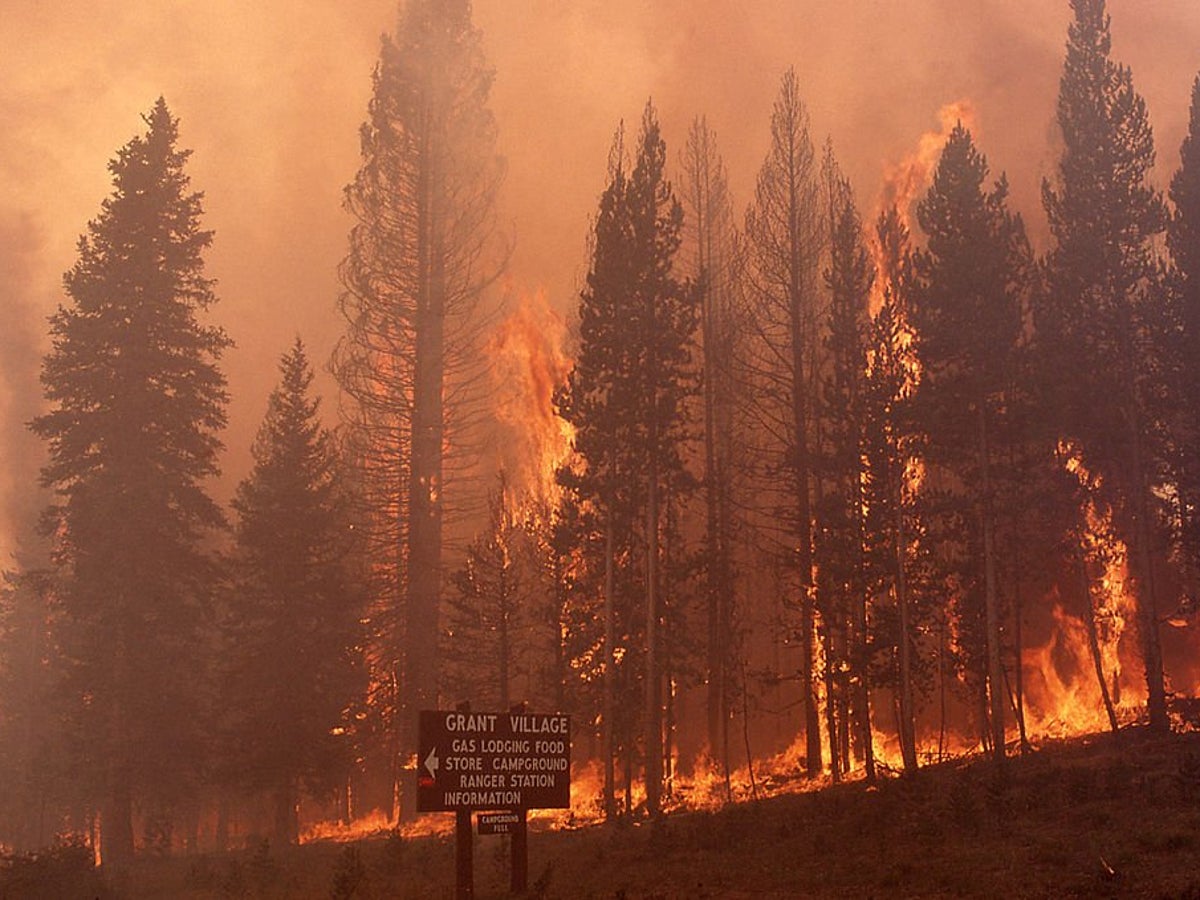
Phenomena and hazards associated with volcanoes around the world, especially Mauna Loa, the supervolcano and volcanic activity in Arizona, USA.
1. **Mauna Loa activity**: Mauna Loa, the world’s largest volcano located on the island of Hawaii, is likely to erupt again after a long period of “dormancy”. In 2021, scientists believe it will soon be active again because of the increasing number of small underground earthquakes. Mauna Loa last erupted in 1984, when lava flows quickly moved to residential areas within hours. Hawaiians are always prepared for emergencies by keeping emergency kits ready to evacuate when necessary.
2. **Compared to supervolcanoes**: Unlike Mauna Loa, supervolcanoes are likely to erupt with much greater destructive force, creating huge amounts of hot gas, rocks, and ash flying into the air. These supervolcanoes are not cones, but rather large depressions in the surface (called “calderas”) left by previous eruptions. For example, the Yellowstone supervolcano, if it erupted, could release enough lava and ash to cover the Grand Canyon. Although the likelihood of Yellowstone erupting is low, it is still closely monitored.
3. **History of supereruptions**: Supervolcanoes have erupted in the distant past, such as the eruption of Mount Taupo in New Zealand about 26,500 years ago. This eruption produced more than 300 million cubic meters of ash and lava, equivalent to hundreds of thousands of Giza pyramids. Another supereruption was Krakatoa in Indonesia in 1883, which was heard as far away as Australia and became the largest explosion in history.
4. **Volcanic Activity in Arizona**: Arizona also has dormant volcanoes, such as the San Francisco Volcanic Field, which contains more than 600 small volcanoes. The most recent eruption here occurred about 1,000 years ago at Sunset Crater. While the volcanoes in the area are currently dormant, they can erupt again every thousand years. The indigenous Sinagua people had to flee their homes when Sunset Crater erupted.
5. **Volcanic Hotspots and Hawaii**: Some volcanoes are located on “hotspots” – places where heat from the Earth’s mantle erupts, creating volcanoes, such as those in the Hawaiian Islands. As the Pacific Plate moves, so do the volcanoes in Hawaii. These hotspots are not only found in the ocean, but can also occur on land, such as the one under the caldera of Yellowstone.
6. **Old Faithful Geyser**: Yellowstone is home to the famous Old Faithful geyser. Geysers like Old Faithful spew hot water and steam up from underground reservoirs heated by lava. Old Faithful spews hot water up to 204 degrees Fahrenheit every 91 minutes, making it a rare natural wonder.
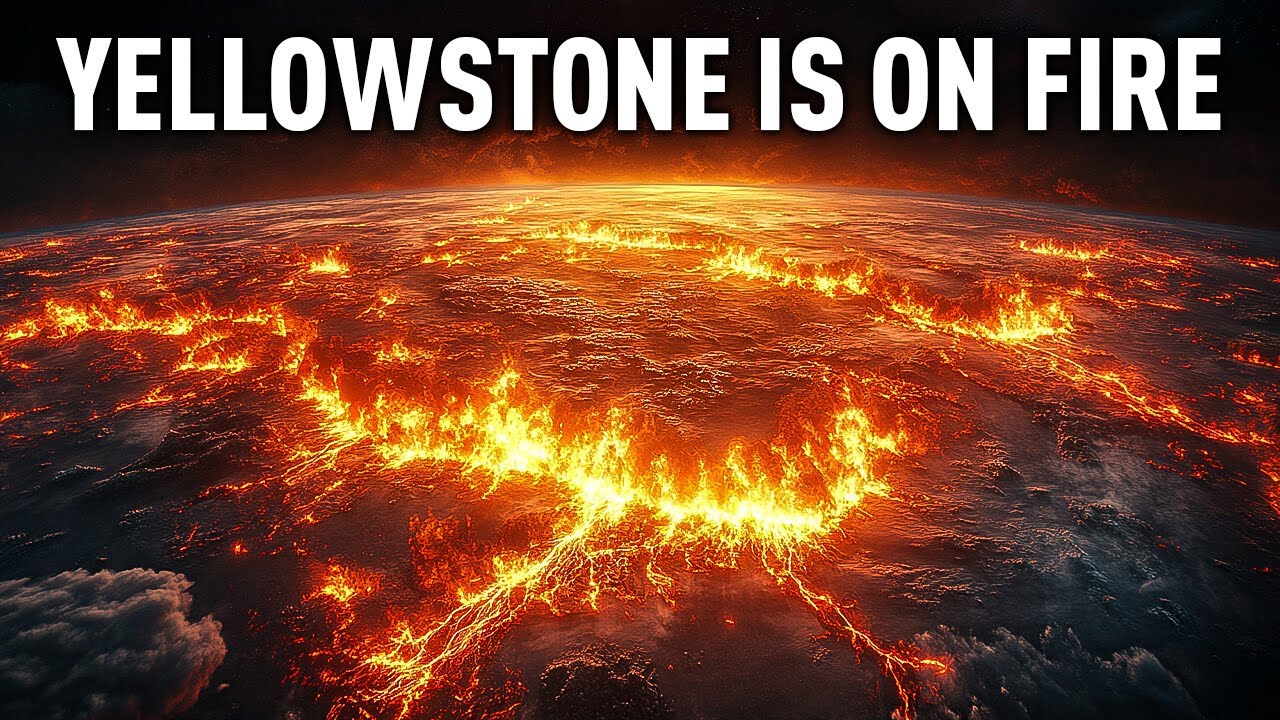
The volcano erupted after eight centuries of silence over the past two summers. Seismologists had recorded more than 12,000 tremors before the latest eruption. When the ground cracked open in July, the cracks were more than 2.5 kilometers long. The next morning, only one crack remained, forming a volcanic cone. Lava quickly filled a large crater and continued to rise nearly 30 meters in the first week. When the eruption began, lava spread in all directions, burning the surrounding dry moss. Authorities sealed off the area due to toxic gases from the volcano and smoke from the fire. However, after a week, the area was deemed safe and tourists quickly flocked to see Europe’s newest volcano.
Iceland, with more than 130 volcanoes, has developed a type of volcano tourism. They have seismic stations to predict eruptions, ensuring the safety of visitors. For example, in 2010, a volcano in Iceland erupted, sending out a huge ash cloud that forced many European countries to close their airspace. With the latest volcano, tourists can hike for five hours to a viewing point near the epicenter. Iceland began forming from lava under the surface more than 10,000 years ago, and the process continues as volcanoes reactivate over millions of years.
Yellowstone’s magma chamber, about 4-6 miles underground, causes the ground to swell and settle periodically, but no major eruption is imminent. While Yellowstone has erupted massively before, the last eruption was around 640,000 years ago, reshaping the landscape. Future eruptions may be smaller, with steam or lava flow.
The Toba supervolcano in Sumatra erupted around 74,000 years ago, impacting early humans and possibly pushing them to near extinction. This eruption spread ash across vast regions, cooling global temperatures and forming glaciers. Artifacts found in South Africa suggest some humans survived and adapted despite these harsh conditions.
Currently, several volcanoes globally pose risks. Mount Rainier near Seattle, Mount Vesuvius in Italy, and others remain under close watch due to their potential for destructive eruptions. In 2023, a landslide in Greenland triggered a rare 360-foot tsunami, causing powerful vibrations worldwide. Scientists found that this phenomenon was caused by a mountain collapse into a fjord, an unprecedented event illustrating the devastating force of natural disasters.
People living in a coastal community have had to adapt to the constant shifting of the land by building their homes on adjustable piers. Recently, the land has been moving faster, sometimes as much as a foot in a week. Heavy rains have made the land heavier, causing cracks in homes and roads, causing severe damage. The hardest hit area is Portuguese Bend, where residents are living in a state of uncertainty and need government assistance.
A new map shows that 40 percent of the United States is at risk of landslides, highlighting the importance of being vigilant against natural disasters. In addition, some volcanoes, such as Krakatoa and Tambora, have produced powerful eruptions that have changed the global climate and caused widespread damage. Krakatoa’s 1883 eruption, for example, caused tsunamis and darkened the sky for years, with far-reaching effects on global temperatures.
Recent studies at Yellowstone have shown that a massive magma reservoir beneath the park could contain enough magma to fill the Grand Canyon 11 times. With an 8 out of 8 on the volcanic eruption scale, if Yellowstone were to erupt, the consequences would be dire. However, despite numerous recorded earthquakes, there are currently no immediate signs of danger from Yellowstone.
At 01:04:48, a 3.7-magnitude earthquake occurred, part of a series of 106 earthquakes between March 29 and the end of the month. Although Yellowstone’s seismic activity is increasing, experts say it’s not a cause for concern. Michael Poland, a geophysicist at the Yellowstone Volcano Observatory, said conditions are not right for an eruption. His team is monitoring for signs like earthquakes and ground deformation to help predict an eruption.
Previous super-eruptions at Yellowstone were 2,500 times more destructive than Mount St. Helens in 1980, spreading ash and dust across the globe. If they were to happen again, they could blanket Colorado, Utah, and Wyoming with ash, causing widespread damage and affecting the climate. But fortunately, scientists say that’s unlikely to happen anytime soon.
An anticipated undersea volcanic eruption 3 miles below the ocean will likely go unnoticed by most people, with earthquakes reaching only up to a 4.1 magnitude. This event offers scientists a chance to study crust formation, as magma—estimated at 1500°F—will solidify upon contact with the seafloor, providing valuable insights for biologists into marine responses to environmental changes.
In Antarctica, over 130 volcanoes exist beneath the ice sheet, making it the largest volcanic region on Earth. Only two are confirmed active: Deception Island and Mount Erebus. Erebus, with a persistent lava lake, has been continuously erupting since 1972. Deception Island, inactive since the 1970s, remains under close monitoring.
Supervolcanoes, like Yellowstone, have immense magma chambers capable of massive eruptions affecting global climate. Although some worry Yellowstone is “overdue” for an eruption, there’s no sign of imminent activity. Scientists carefully monitor signs like seismicity, ground deformation, and gas emissions. A large Yellowstone eruption would release ash over a 500-mile radius, disrupt agriculture, and cool the climate, though current conditions suggest stability.




